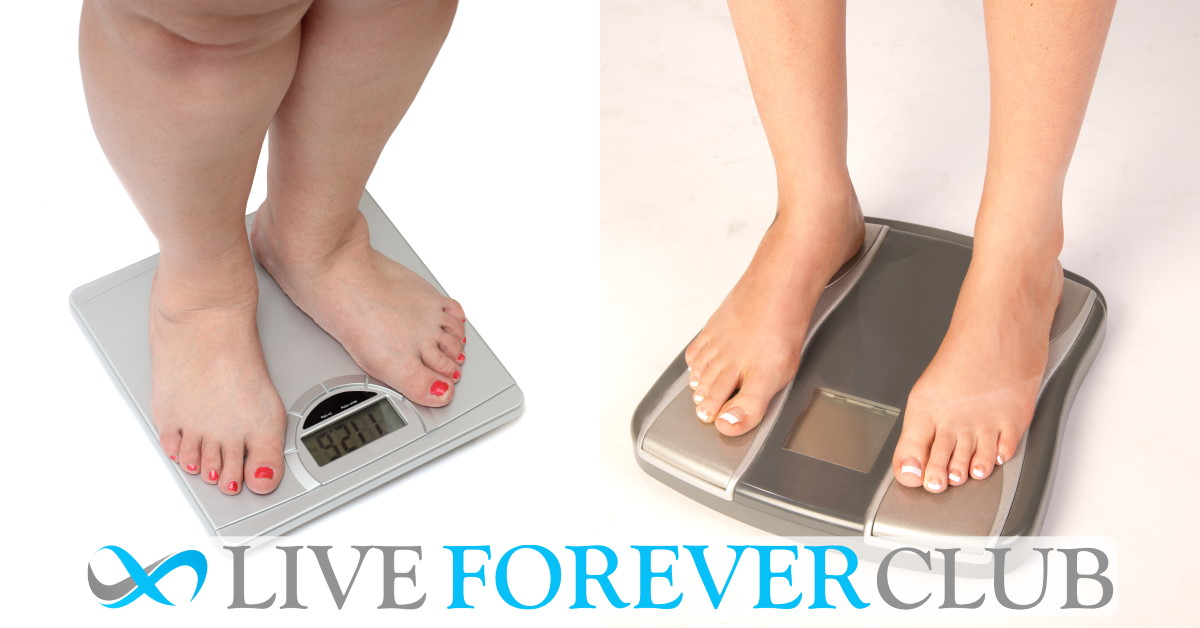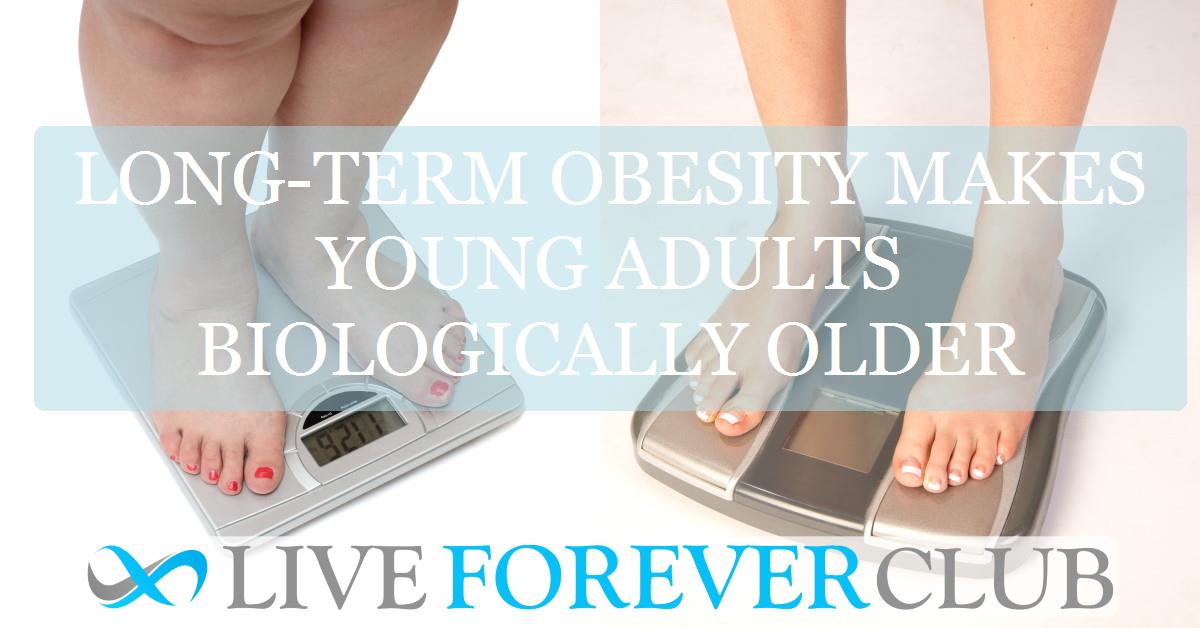Can obesity actually make you age faster? The answer, according to a new study, might be yes. In a groundbreaking investigation by Correa-Burrows et al., researchers found strong biological signs that long-term obesity accelerates aging in young adults. The findings are not just medical jargon; they have real-world consequences for millions growing up overweight in modern environments.
This study dives deep into DNA, inflammation, and even mitochondrial health to show how early obesity leads to signs of aging long before wrinkles appear. Conducted on Chilean adults aged 28–31, the study connects lifestyle, biology, and public health in startling ways.
The Premise: Obesity May Mimic Aging
Researchers have long suspected obesity shares molecular features with aging. Both conditions are linked to inflammation, insulin resistance, mitochondrial stress, and DNA damage. This study asked a critical question: does long-term obesity actually trigger biological aging in young adults?
To answer this, they turned to the Santiago Longitudinal Study—a rare dataset tracking Chileans from infancy through adulthood. It offered a unique opportunity to observe how weight changes from childhood impact aging markers later in life.
The Study Design: Life Course Data Meets Lab Tests
Participants were divided into three groups:
- Group 1: Healthy BMI across life.
- Group 2: Obesity since adolescence.
- Group 3: Obesity since early childhood.
205 participants were selected based on detailed growth and health data. Researchers tested their blood for advanced markers of aging:
- DNA methylation-based age (using Horvath and GrimAge clocks)
- Leukocyte telomere length (LTL)
- Inflammatory and growth-related biomarkers
Main Findings: Obesity Accelerates the Aging Clock
1. Epigenetic Age Exceeded Chronological Age
People with long-term obesity were biologically older than their actual age:
Group 1 had almost no difference.
Group 2 and 3 were 4.4–4.7 years older biologically.
Some individuals showed a 48% increase in epigenetic age vs real age.
2. Shorter Telomeres
Telomeres are DNA caps that shorten with age. Group 3 had significantly shorter telomeres than Group 1, suggesting cellular aging was already well underway.
Inflammaging and Nutrient Sensing: Two Key Mechanisms
Researchers found high levels of IL-6, CRP, and leptin—all signs of systemic inflammation. This phenomenon, called inflammaging, is normally associated with old age but showed up in obese young adults.
Meanwhile, IGF-1 and IGF-2—key growth regulators—were lower in obese groups, suggesting disrupted nutrient sensing. That’s another hallmark of aging now linked to long-term obesity.
Muscle, Mitochondria, and Communication Breakdown
Obese participants also had:
- Higher GDF-15 and FGF-21 (mitochondrial stress markers)
- Lower myokines like musclin (linked to muscle communication)
- Higher apelin and irisin, possibly as a stress response
These changes affect how cells talk to each other and regulate energy—a crucial part of aging biology.
It Doesn’t Matter When Obesity Starts—Only How Long It Lasts
Interestingly, the study found no major difference in aging markers between Group 2 (obese from adolescence) and Group 3 (obese from childhood).
Conclusion? The duration of obesity, not the starting point, drives biological aging.
Cardiometabolic Clues: Damage Before Disease
Obese participants had higher:
Blood pressure
Insulin resistance (HOMA-IR)
Liver fat (Hamaguchi score)
Waist circumference
Yet many didn’t have full-blown disease. That’s a red flag: damage is happening before diagnosis. It suggests there’s still a window to reverse—or at least slow—this trend.
Public Health Implications: The Obesity Clock Is Ticking
This isn’t just about individuals—it’s a population issue. By 2030, over 1 billion people may be obese. If obesity accelerates aging, we’re looking at an unprecedented rise in early-onset chronic diseases.
The study highlights the need to:
Start prevention early
Target obesity not just for weight loss, but for aging health
Reframe obesity as a molecular aging condition, not just a lifestyle issue
Strengths and Weaknesses
Strengths:
Life-course data from infancy to adulthood
Diverse biological markers
First study of its kind in a Hispanic cohort
Limitations:
Sample size limited by budget
BMI used as main obesity marker (not body fat distribution)
Observational, not causal
Still, the study meets key criteria for causal inference in epidemiology.
Final Thoughts: Can We Turn Back the Obesity Clock?
This research shows obesity doesn’t just make you heavier—it makes you older, faster. That’s a powerful message. If we can reverse obesity early, we may not just improve health—we might rewind the biological clock.
The challenge now lies in translating these insights into action. Interventions, policies, and education must target the roots of obesity. Only then can we prevent an aging crisis from accelerating any further.
The study is published in the journal JAMA Network Open. It was led by researchers from Universidad de Chile.








